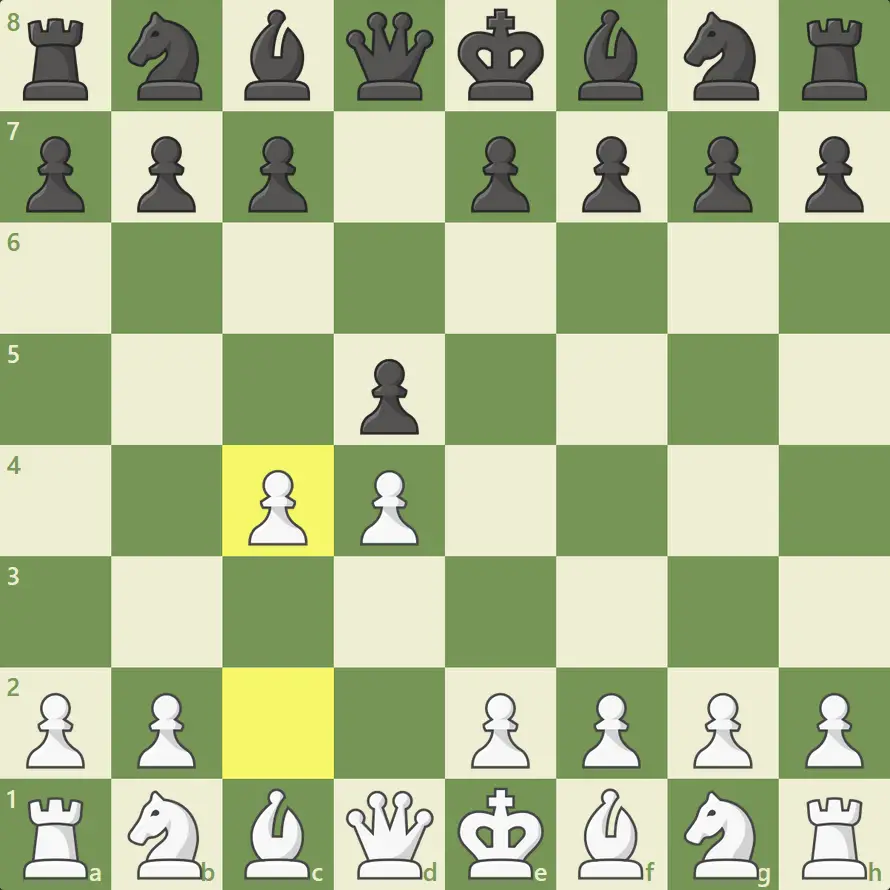The rarest move in chess is underpromoting to a bishop, which is almost unheard of in practical play. This move is usually made to avoid stalemate, which is a rule in chess where a player is not in check but has no legal moves. In practical play, there are only two known examples where promoting to a bishop was the correct and only winning move.
Other rare moves in chess include promoting to a rook, which is also made to avoid stalemate.
What are some unconventional chess openings
Some unconventional chess openings include:
- The Toilet Variation
- The Monkey’s Bum
- The Hillbilly Attack
- The Frankenstein-Dracula Variation
- The Flick-Knife
- Budapest Gambit
- Alekhine Defence
- Dunst Opening
- Icelandic Gambit
- Czech Pirc
- Sokolsky (Polish or Orangutan)
- Center Game
- Bird’s Opening
These openings are considered unusual or unorthodox and may not be as popular as traditional openings, but they can be effective tools at all levels of play. While some of these openings may lack established theory, they can add an element of fun and surprise to the game.
- Develop your pieces: Focus on developing your pieces to occupy the center and control key squares on the board
- Stick to general principles: Adhere to general opening principles such as controlling the center, developing pieces, and ensuring king safety
- Avoid rash decisions: Stay calm and avoid making rash decisions when facing unusual openings. Patience and logical play can help you navigate through unfamiliar positions
- Study unusual openings: Familiarize yourself with some unconventional openings to understand their ideas and potential weaknesses
- Maintain flexibility: Be flexible in your approach and adapt to the specific position on the board, even if it deviates from traditional opening theory
By following these strategies, you can effectively counter unconventional chess openings and navigate through unfamiliar positions.
What is the most common move in chess
The most common opening move in chess is 1.e4, which moves the king pawn two spaces forward.
This move immediately works on controlling the center and activates two pieces, the queen and a bishop.
It is also the oldest opening in chess. Statistically speaking, the Kings Pawn Opening (e4) is the most common first move in all of chess.
Should I play rare chess openings?
Playing rare chess openings can be a mixed experience. On one hand, they can catch your opponent off guard and lead to interesting positions.
On the other hand, they may not be well-known or tested, which could make them less effective at higher levels of play. Here are some factors to consider when deciding whether to play rare chess openings:
- Level of play: Rare openings may be effective at lower levels, where opponents may not be familiar with them. However, as you progress to higher levels of play, the level of preparation and knowledge increases, making it more challenging to find success with uncommon openings
- Opponent’s preparation: If your opponent is well-prepared and knows the theory behind a rare opening, they may be able to exploit your lack of knowledge and experience, making the opening less effective
- Personal preference: Some players enjoy exploring unusual openings and finding new ways to surprise their opponents. If you are one of these players, playing rare chess openings might be a good choice for you
- Practicality: It is essential to balance the desire to play rare openings with the need for practicality. Focusing on well-known and tested openings can lead to better results and a higher level of consistency in your game.
In conclusion, while playing rare chess openings can be entertaining and creative, it is essential to consider the potential risks and challenges associated with them. It is crucial to strike a balance between exploring new ideas and focusing on well-known and tested openings to ensure a high level of performance in chess.
Gambit Chess Openings

A gambit in chess is an opening where one side sacrifices material, usually a pawn, in exchange for a more advantageous position. One of the most famous gambits is the King’s Gambit, which is an aggressive opening that leads to open games that are exciting and decisive.
However, the King’s Gambit is considered risky and has been largely abandoned by top players in high-stakes games due to the rise of engines and computer analysis.
Whether or not to play gambits, including the King’s Gambit, depends on personal preference, level of play, and opponent’s preparation.
Gambits can be effective at lower levels of play, but at higher levels, opponents may be well-prepared and able to exploit the weaknesses of uncommon openings

